Let's explore the main ways retail locations typically configure their charging stations.
Note: Be creative! The perfect solution for your location might never have been tried before.
1) Charging by kWh
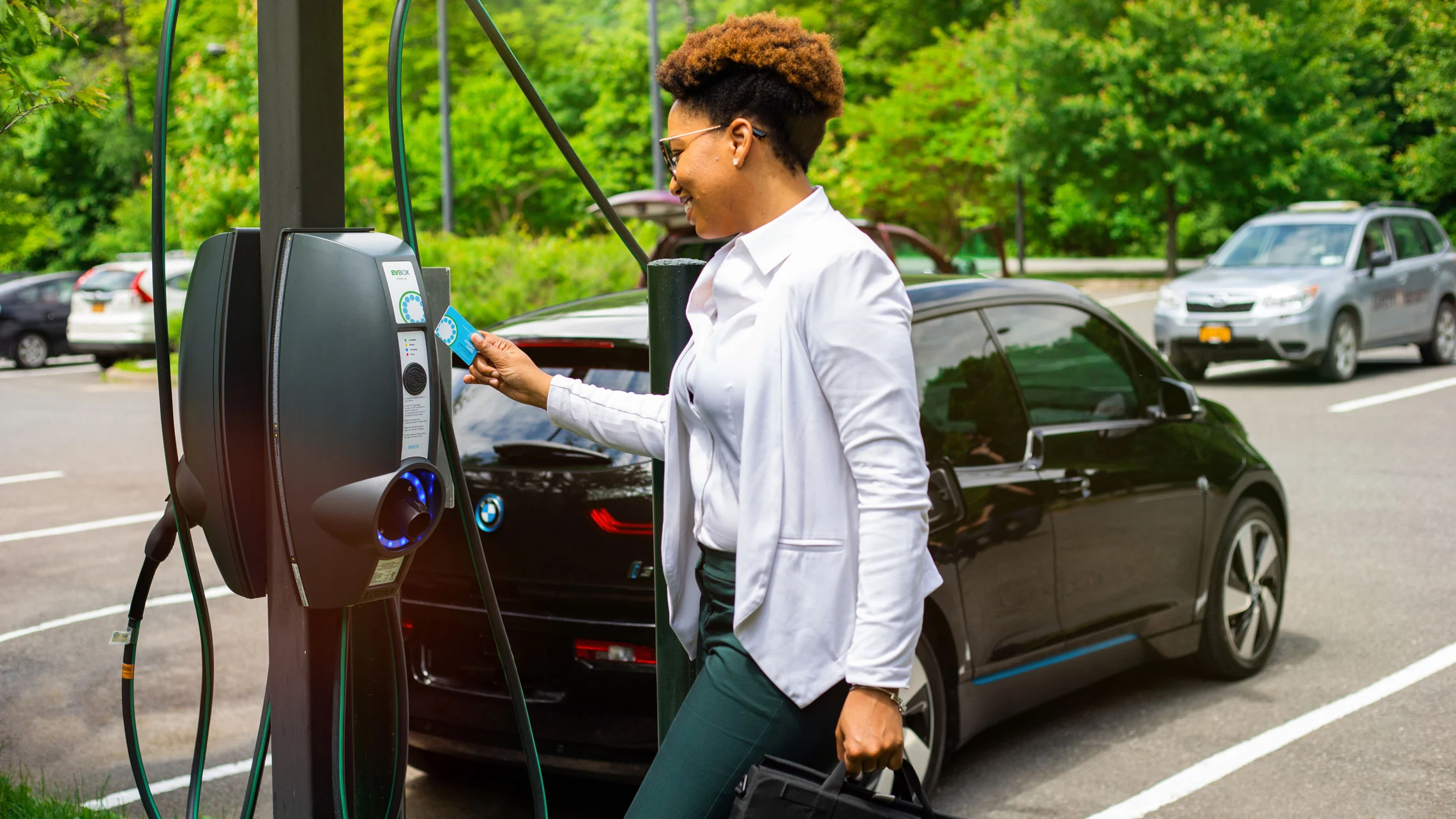
Instead of bearing the entire cost of running your charging stations, why not share it with EV drivers? A billing system based on kilowatt-hours (kWh) used is both simple and effective. Here's how it works:
Example:

Set price—$0.30/kWh
30kWh x $0.30/kWh = $9.00
Configurations this works with:
- Networked stations (e.g., Greenlots, EV Connect, Everon)
| Â Pros: |
Cons: |
| - Easy for both the site host and EV drivers - Directly recovers your usage costs |
- Doesn’t stop cars from lingering at chargers - Not feasible in areas where reselling energy isn't allowed  |
2) Charging by time
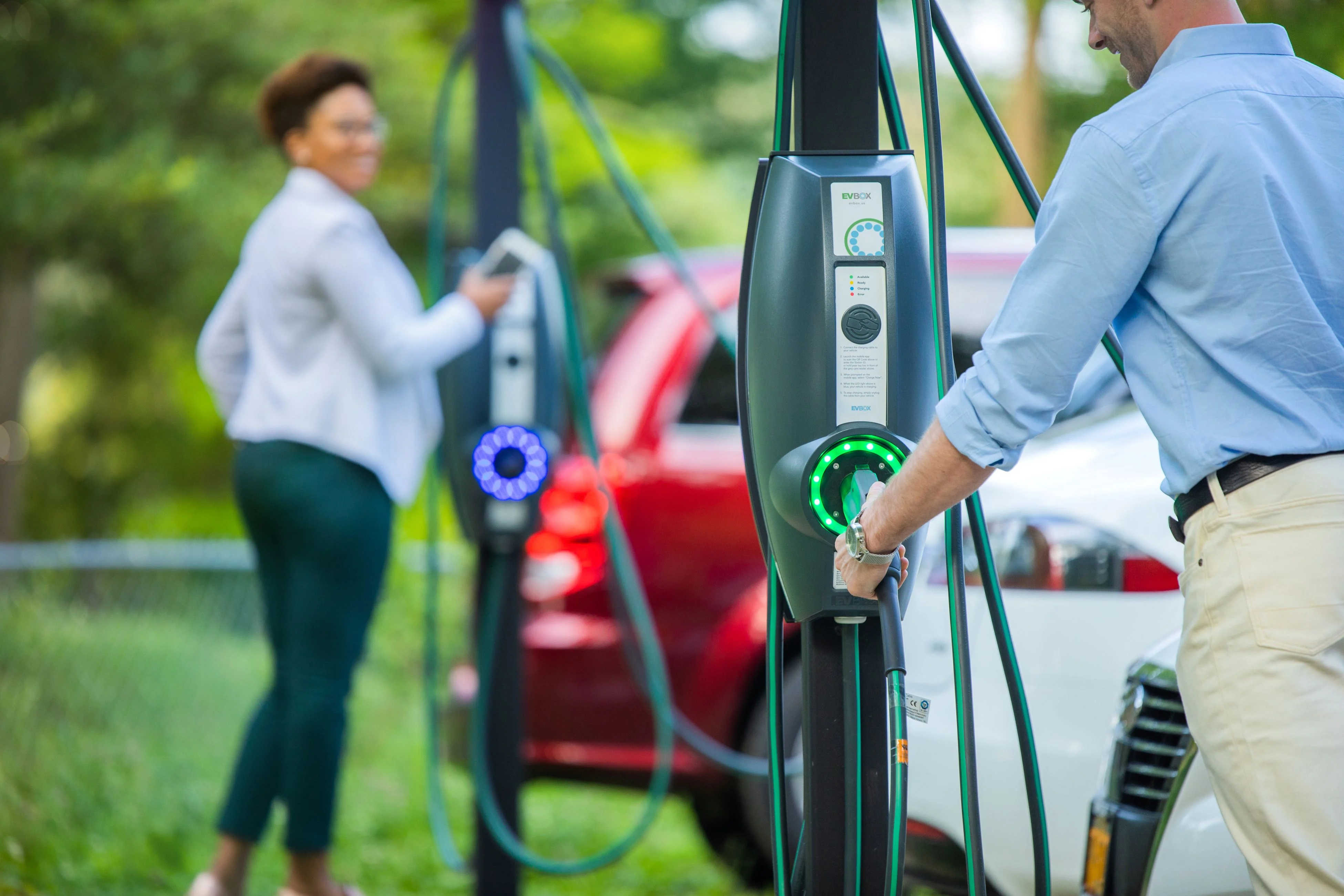
Chargers provide maximum value when they're actively in use. If someone stays parked after their car is fully charged, they're essentially costing you money. Charging them for the time they spend plugged in encourages them to free up the charger once their vehicle is topped off.
Example:

Set price—$2.25/hour
30kWh charge (at 7.4kW output) = ~4 hours
4 hours x $2.25/hour = $9.00
Configurations this works with:
- Networked stations (e.g., Greenlots, EV Connect, Everon)
| Pros: |
Cons: |
| - Legal everywhere - Prevents drivers from “camping†when full |
- Favors cars with faster onboard adapters (faster charging = less time = lower cost) |
3) Combo charging (kWh + time)
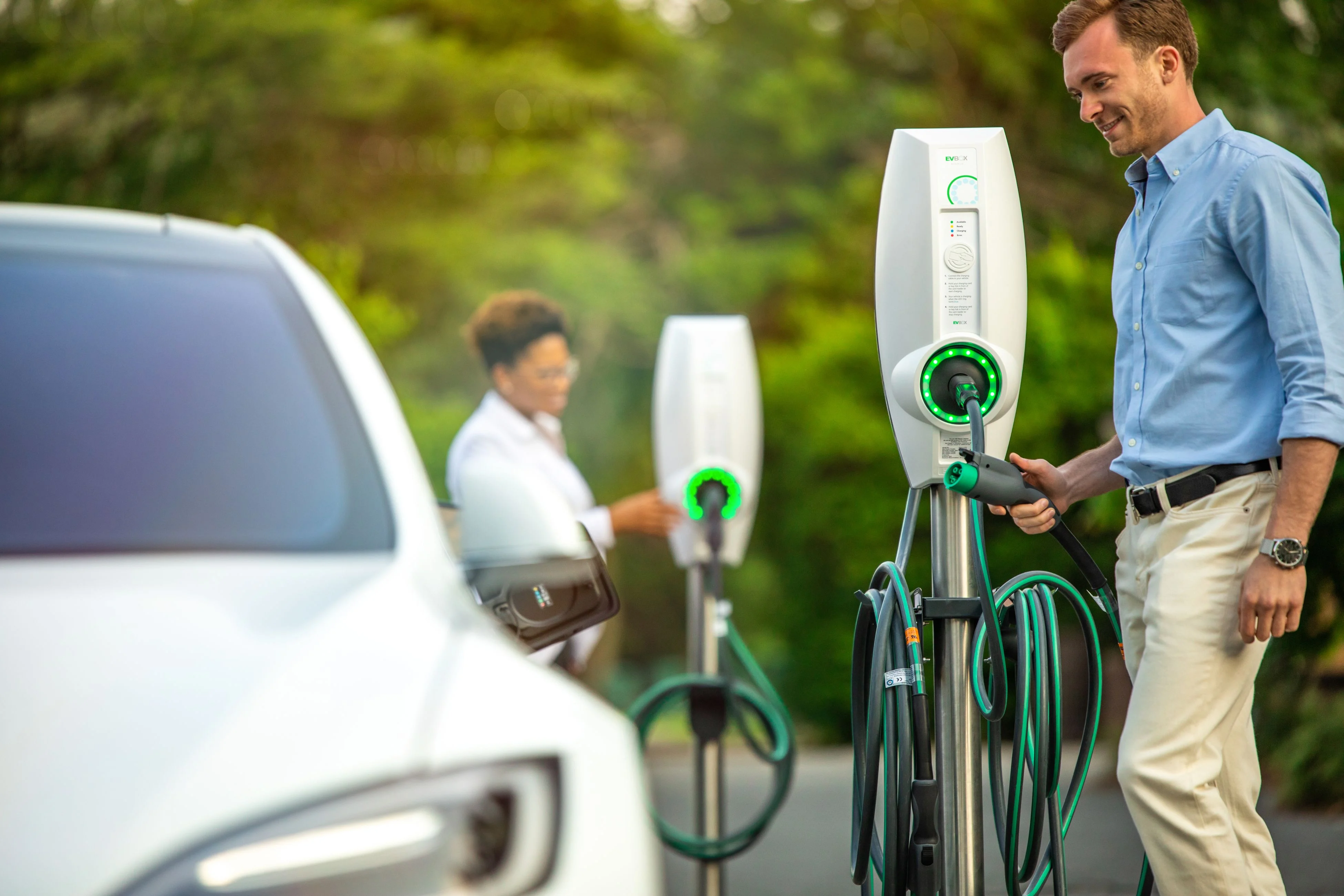
In locations where you can bill by kWh, but still want to discourage people from holding onto charging stations after their vehicle is full, here’s one approach—a billing structure where the driver pays for both the energy consumed and the time spent plugged in.
Example:

Set price—$0.15/kWh & $1.15/hour
(30kWh x $0.15/kWh) + (4 hours x $1.15/hour) = $9.10
Configurations this works with:
- Networked stations (e.g., Greenlots, EV Connect, Everon)
| Pros: |
Cons: |
| - “Fair†method for billing EV drivers - Deters drivers from “camping†when full |
- Harder to find the right pricing balance - Not possible in markets where reselling energy isn’t allowed - Slightly favors cars with faster onboard adapters (faster charging = less time = lower cost)  |
4) Flat rate
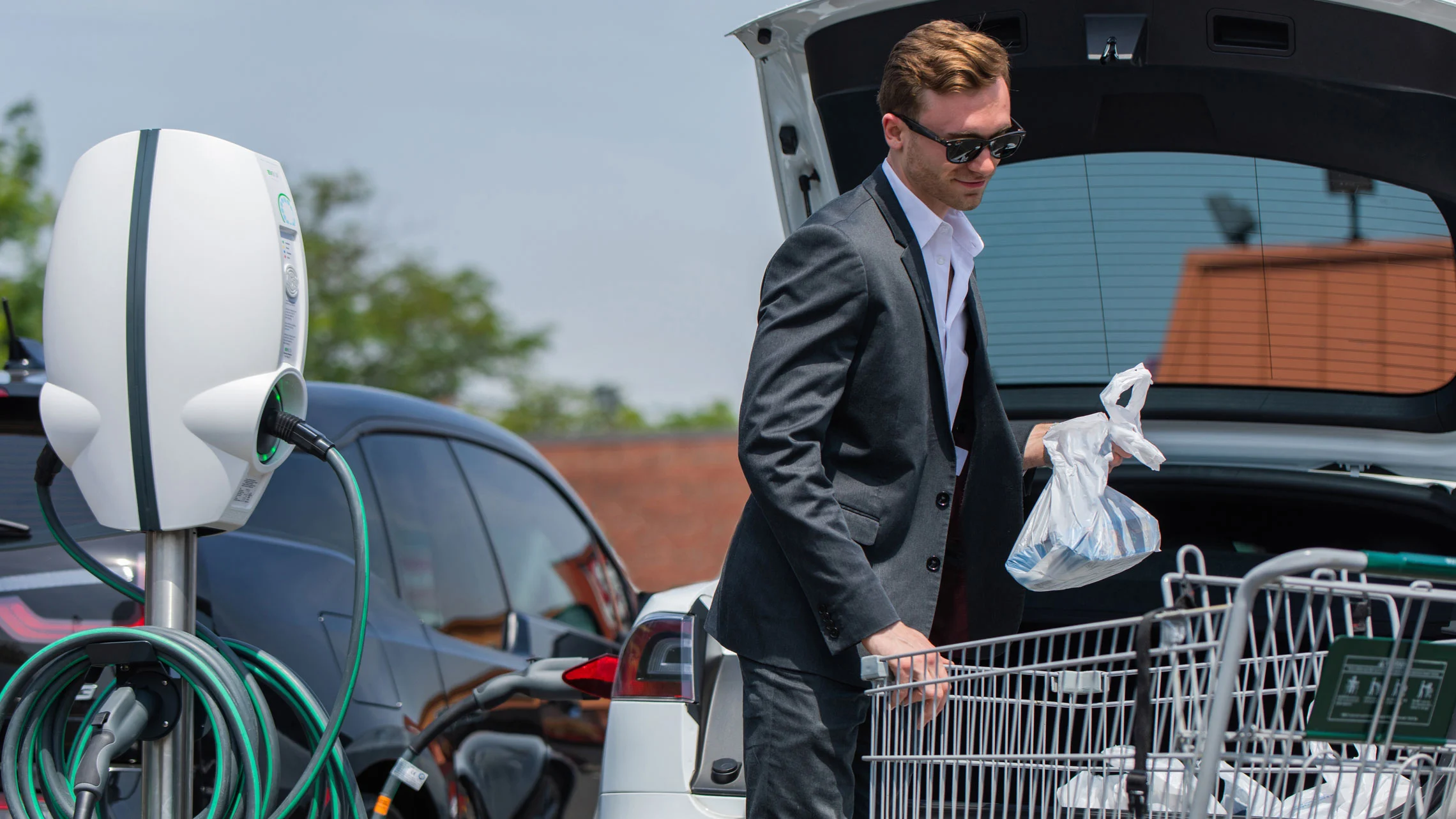 Â
Â
The simplest way to collect revenue from your charging stations is through a flat fee for everyone. You can even get creative with this type of billing and collect the money yourself (e.g., a fee upon entry or a fee to use an access card). This allows you to generate a bit of extra income while keeping your EV charging stations network-ready.
Example:

Set price—$9.00 per charge
No math! It’s always $9.00
Configuration works with:
- Networked stations (e.g., Greenlots, EV Connect, Everon)
- RFID-only (network-ready with access cards)
- Plug ‘n Charge (network-ready with no access cards)
| Pros: |
Cons: |
| - Revenue collection with network-ready stations - Ultimate pricing transparency - Doesn’t favor cars with faster onboard adapters |
- Doesn’t deter drivers from “camping†when full - Fee doesn’t reflect energy usage—may not always be fair - Fewer advanced Smart Charging features (with network-ready options)  |
5) Free charging
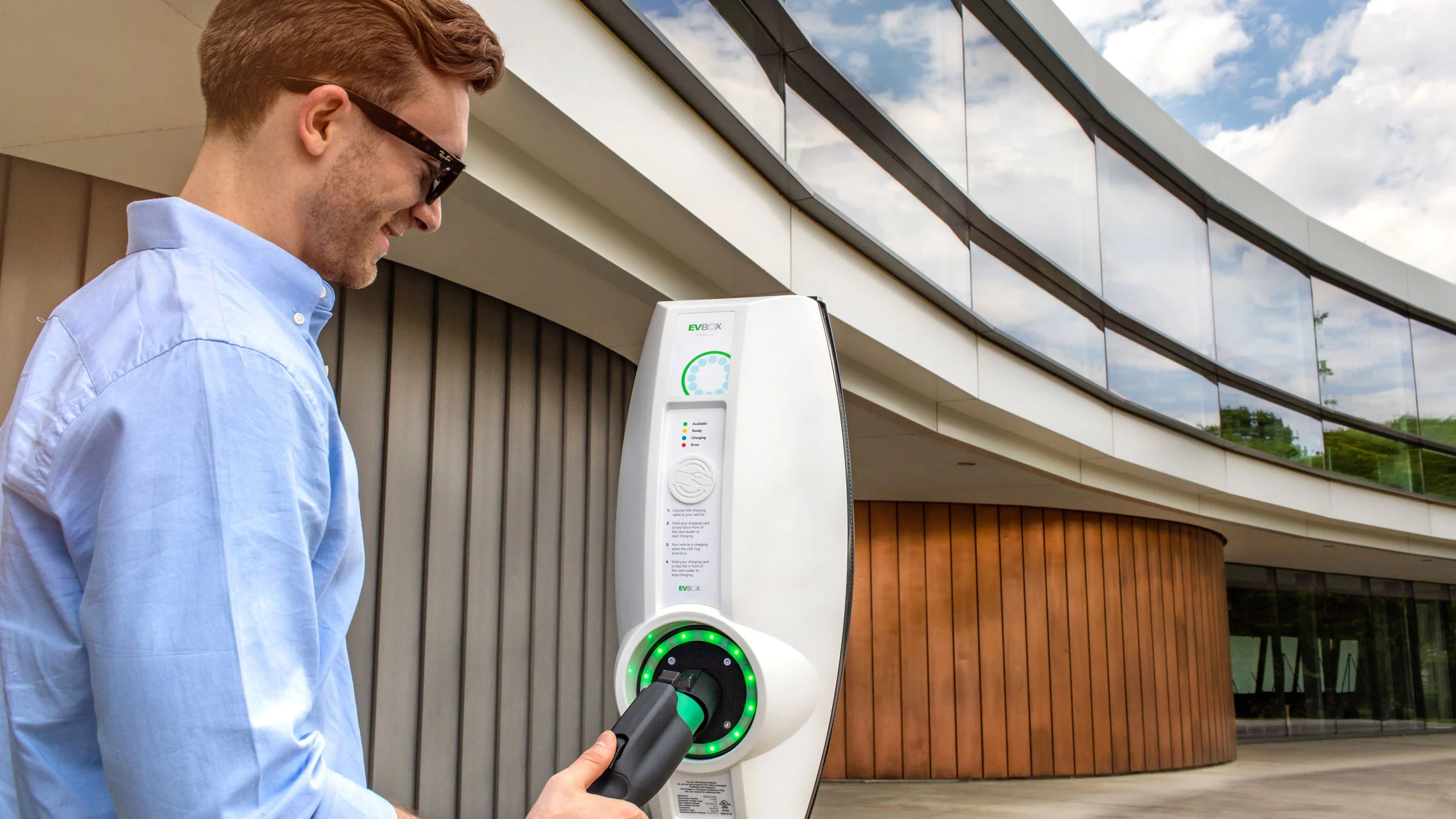
For businesses aiming to offer convenience without expecting anything in return, free charging is a straightforward, no-frills option. This works with every configuration and is a fantastic way to attract EV drivers to your location—after all, who doesn’t love free stuff?
Example:

Set price—FREE!
No math—it’s free!!
Configurations this works with:
- Networked stations (e.g., Greenlots, EV Connect, Everon)
- RFID-only (network-ready with access cards)
- Plug ‘n Charge (network-ready with no access cards)Â
| Pros: |
Cons: |
| - EV drivers will love you - Lower station management and operational costs (with network-ready chargers) |
- No billing or revenue generation - Fewer advanced Smart Charging features (with network-ready options) Â Â |
Â
| Discover everything you need to know about EV charging Download our free ebook to learn why EV charging will set your business apart, help you earn additional revenue, and prepare your location for the transition to electric transportation.  hbspt.cta._relativeUrls=true;hbspt.cta.load(3950862, 'a4dca3e6-a0d5-459e-b696-8dffdc590b7d', {"useNewLoader":"true","region":"na1"}); hbspt.cta._relativeUrls=true;hbspt.cta.load(3950862, 'a4dca3e6-a0d5-459e-b696-8dffdc590b7d', {"useNewLoader":"true","region":"na1"});
|
Â




 Â
 
